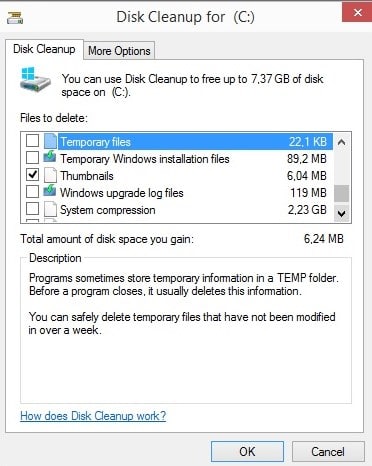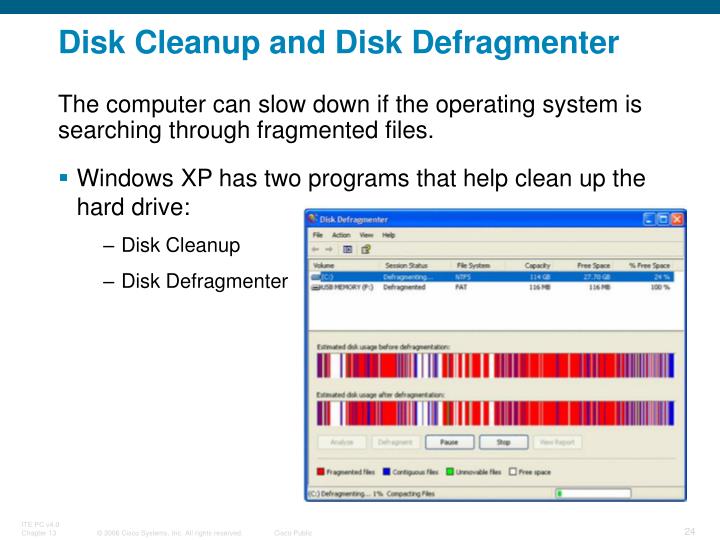

- #Compress your os drive disk cleanup how to
- #Compress your os drive disk cleanup archive
- #Compress your os drive disk cleanup full
Sequences in the middle, things are more complex. If the AOF file is not just truncated, but corrupted with invalid byte What should I do if my AOF gets corrupted? Optionally use diff -u to check what is the difference between two files. Still RDB is able to provide more guarantees about the maximum latency even in the case of a huge write load.

In general with fsync set to every second performance is still very high, and with fsync disabled it should be exactly as fast as RDB even under high load. AOF can be slower than RDB depending on the exact fsync policy.AOF files are usually bigger than the equivalent RDB files for the same dataset.For instance even if you've accidentally flushed everything using the FLUSHALL command, as long as no rewrite of the log was performed in the meantime, you can still save your data set just by stopping the server, removing the latest command, and restarting Redis again. AOF contains a log of all the operations one after the other in an easy to understand and parse format.The rewrite is completely safe as while Redis continues appending to the old file, a completely new one is produced with the minimal set of operations needed to create the current data set, and once this second file is ready Redis switches the two and starts appending to the new one. Redis is able to automatically rewrite the AOF in background when it gets too big.
#Compress your os drive disk cleanup full
Even if the log ends with a half-written command for some reason (disk full or other reasons) the redis-check-aof tool is able to fix it easily.
#Compress your os drive disk cleanup archive
For instance you may want to archive your RDB files every hour for the latest 24 hours, and to save an RDB snapshot every day for 30 days.
#Compress your os drive disk cleanup how to
To learn more about how to evaluate your Redis persistence strategy, read on. If you'd rather not think about the tradeoffs between these different persistence strategies, you may want to consider Redis Enterprise's persistence options, which can be pre-configured using a UI.

No persistence: You can disable persistence completely.Commands are logged using the same format as the Redis protocol itself. These operations can then be replayed again at server startup, reconstructing the original dataset. AOF (Append Only File): AOF persistence logs every write operation received by the server.RDB (Redis Database): RDB persistence performs point-in-time snapshots of your dataset at specified intervals.

Redis provides a range of persistence options. Persistence refers to the writing of data to durable storage, such as a solid-state disk (SSD).


 0 kommentar(er)
0 kommentar(er)
